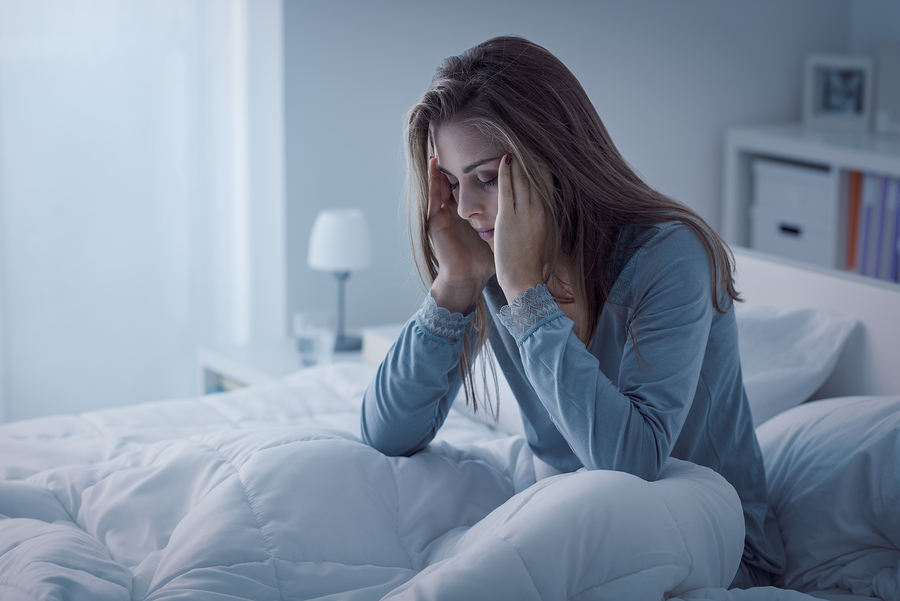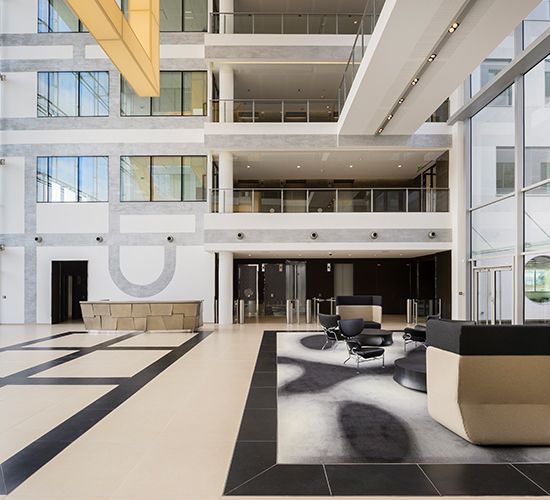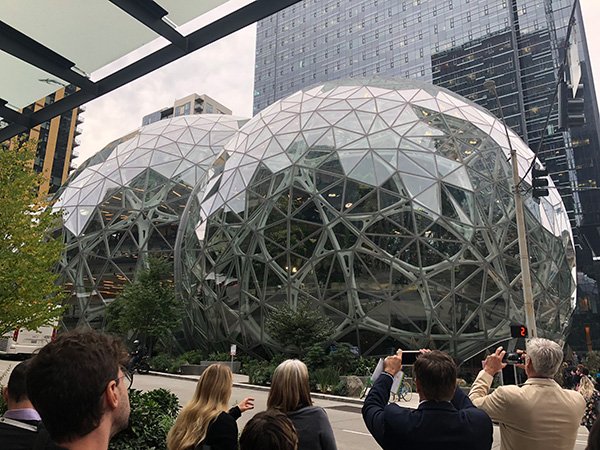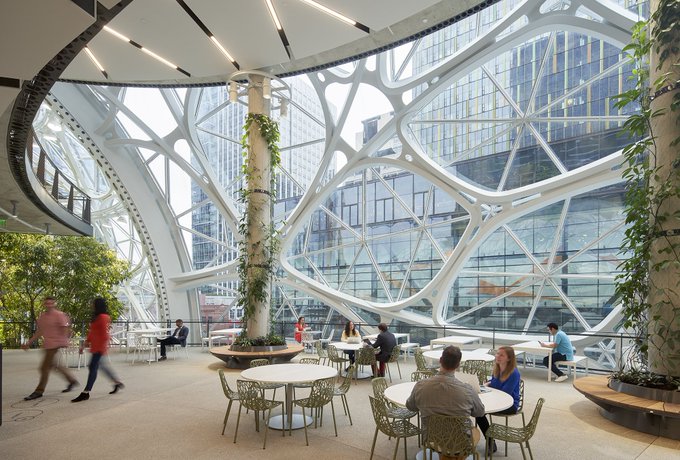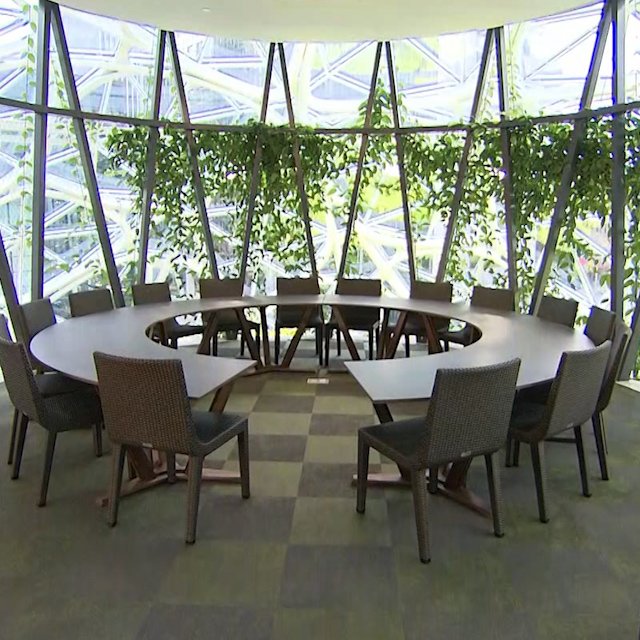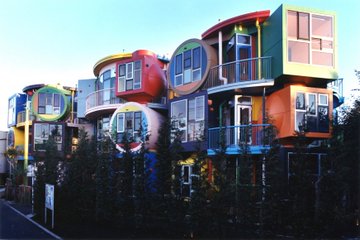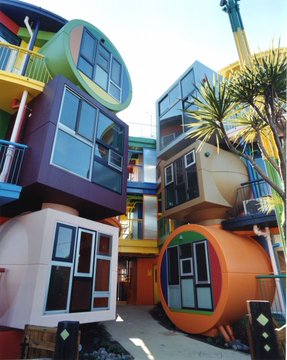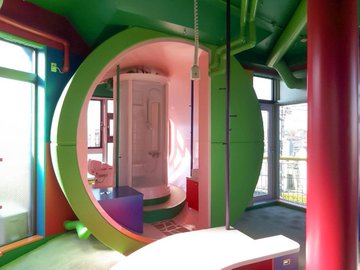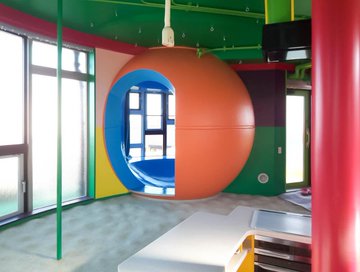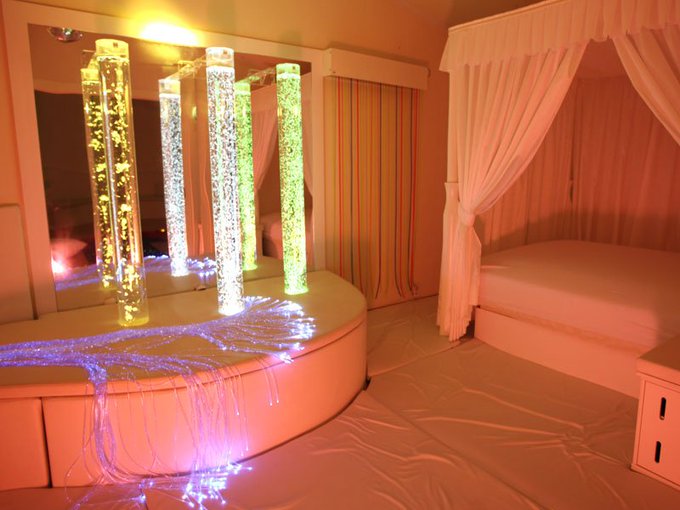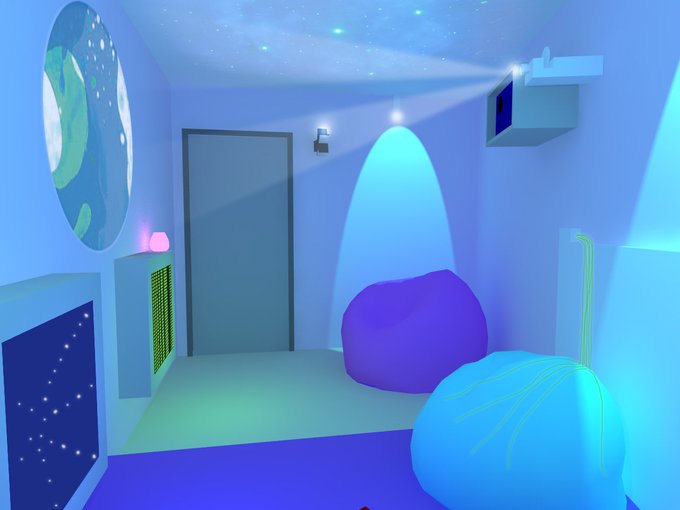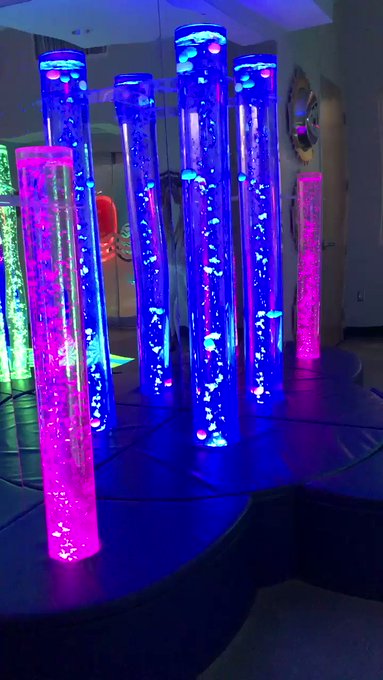When depression doesn’t disappear after the typical treatment, people go to great measures trying to find solutions. They will inflict damage on themselves. They will try many different combinations of expensive medications.They will zap their brains with electricity, again and again, even at the risk of losing bits of memory. All this to free themselves from the prison that is mental illness. Some of it works. Some does not.
5 RECENT BREAKTHROUGHS IN DEPRESSION TREATMENT
1. TARGETED DEEP BRAIN STIMULATION STUDY
Shocking the brain happens to be one solution that works for many people with treatment-resistant depression. A studyconducted by the University of California, San Francisco, was published last Thursday in Current Biology. It explored a new variation on deep brain stimulation therapy. The results were promising. Shocking only the orbitofrontal cortex made patients feel drastically better.
Although this study is noteworthy, it will need to be replicated to ensure effectiveness. Furthermore, participants were already undergoing similar treatments for epileptic seizures. While this was effective for them, it is an invasive treatment. Deep brain stimulation involves surgically inserting electrodes into the brain, according to the National Alliance on Mental Illness.
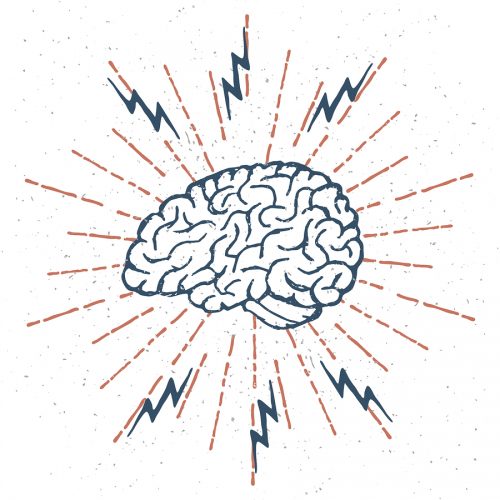
2. KETAMINE STUDY: CAN A HALLUCINOGEN TREAT DEPRESSION?
Another recent study was published Tuesday in Neuron. The study examined apes whose brains were altered by researchers to the point over-activity. Their overly active minds mimicked depression, causing them to lose interest in rewards. The apes were then given the hallucinogenic drug ketamine, which brought their interest levels back to normal . This provides some solid support for people who use ketamine in treating depression, which has not been formally approved by the FDA . Serotonin reuptake inhibitor drugs do not work on everyone. The idea behind ketamine is that perhaps tackling brain chemistry from a different angle will help those for whom standard medications do not work.
This has been hailed by some as a great breakthrough for depression treatment. But ketamine is an addictive drug according to American Addiction Centers . And prescription drug addiction is already an epidemic. Although this may be a viable option for the future, it may be risky since depression is a bedfellow to addiction. Likely, it would be prescribed in mild, yet effective, doses.

Prescription drug addiction remains an epidemic, complicating depression treatment options.
3. SHOULD PSYCHEDELIC MENTAL HEALTH THERAPY BE MAINSTREAMED?
Could normalizing hallucinogenic drugs like ketamines lead to mainstream acceptance of psychedelic drugs and psychedelic retreats? According to an article in Forbes, the Netherlands is already doing psychedelic retreats coupled with talk therapy. People with a lot of wealth are interested in investing to mainstream the practice. In fact, the article conjectured that the “legalization of psychedelics could create the next big frontier in the mental health industry.”
Indeed, activists and researchers alike have been throwing around the phrase, “psychedelic renaissance.” Groups in Oregon and Denver have already begun the petition to legalize psychedelic drugs in the United States .
Perhaps these activists sound over the top. But in January, Frontiers in Pharmacology published a study that supported psychedelics, specifically psilocybin, in treating depression. The study found that psilocybin helps with long-term treatment-resistant depression. It is one of many such studies that have found favorable results over the years.
But wait, aren’t psychedelic drugs bad for people? Surprisingly, there seems to be more research indicating that psychedelics are harmless than that they are not . According to The Guardian , in 2016 Global Drug Survey found mushrooms, which often contain psilocybin, to be safer for recreational use than cannabis. Other psychedelic drugs, like LSD, are less predictable and therefore, more dangerous. Yet even LSD was safer than alcohol.
Perhaps, although potentially controversial, in a controlled environment, this could be a better alternative to invasive deep brain stimulation or electrocunvulsive shock therapy (ECT). One patient describe their experience with a psychedelic therapy trial in an article on WebMD :
“It’s like doing therapy while being hugged by everyone who loves you in a bathtub full of puppies licking your face.“
4. ULTRASOUND BRAIN STIMULATION FOR DEPRESSION TREATMENT
For people who are adverse to such treatments, there are more treatment advances underway. Scientists have discovered a new use for the ultrasound. Instead of shocking the brain in a frightening or invasive way, like ECT does, the ultrasound can stimulate the brain without surgery or inducing a seizure.
5. NONINVASIVE, LOW VOLTAGE, ELECTROSHOCK HEADSET
Lots of doctor appointments can be stressful and expensive. That’s why Flow Neuroscience has come up with a headset device which, in the future, people may be able to simply buy online. They could receive treatment from home and avoid the hospital.
More than that, the headphones have a built in app that prompts people with reminders to do things that help with depression like take a walk after dinner or go to bed early. Think Fitbit for your brain. It is hoped that this product will be launched in January of 2019. The effectiveness of this treatment is uncertain, but it may be more effective when paired with other treatments.

MENTAL HEALTH AS A WAY OF LIFE
SENSORY-MOTOR DEPRESSION TREATMENT: 3 HEALING BUILDING CONCEPTS
These recent studies help increase understanding of depression and the parts of the brain that affect it. But, like most studies, they have not suddenly cured or broken past all major hurdles. Depression affects one in five Americans.
So, what can be done? Are these the only options? Medical treatments aside, cultural and societal changes may also shift to aid in combating mental illness.
Perhaps mental health can take a page out of the physical health playbook.

Nutritionists, for instance, have discovered that healthy eating is a lifestyle rather than something attainable through bursts of dieting. Physical health experts have been trying to find a way to make good diet a way of life. Not long ago, for instance, former First Lady, Michelle Obama, got razzed by food junkies for trying to get junk food out of schools.
For mental health, as well, there may be a change that needs to happen on more than just the individual level. Perhaps mental health must also become a way of life in order to flourish in society. Depression treatment should potentially be all around society. Not just at therapists offices once a week.
Here are three groundbreaking architectural concepts that could have broader applications for treating depression.
1. NATURE AND LIGHT IN THE WORKPLACE
Over the past few years, various organizations have created guidelines for constructing buildings in ways that promote wellness.
For instance, one strategy is placing stairs more prominently than elevators, and making the stairs visually appealing. Some of these ideas were originally meant to combat obesity. But exercise is also known to alleviate depression as well as aesthetically appealing sights. Atlanta Georgia is leading the way in implementing WELL Building Standards in artifices throughout the city.
Again, these architectural designs could have a positive impact on mental health as well, since physical and mental health are inextricably connected. Sunlight and exercise are excellent for mental health.
And Atlanta is not the only city interested in going this direction. In January, Amazon hosted the grand opening of the Seattle Spheres in Seattle, Washington. These are large, spherical buildings with walls made of plants and seemingly endless windows have become a tourist attraction.
Yet these are just offices for Amazon workers. That is because Amazon thinks big and is striving to change the mentality towards workplaces. They have said :
“The Spheres are a result of innovative thinking about the character of a workplace and an extended conversation about what is
Workplaces traditionally do not take great care for employees’ mental health needs. But what if work was a place where people could feel refreshed? What if workplaces could aid in nurturing mental health instead of hindering it? Plants alone do wonders for mental health.
2. REVERSIBLE DESTINY LOFTS PROVIDE A JOLT FROM ROUTINE
There are many interesting architectural experiments that could have promising results as well. Reversible destiny lofts are designed to stimulate the senses. It is the kind of place people will see bright colors and strange shapes, feel interesting textures, and be shaken from routine.
3. SNOEZELEN ROOMS SPARK THE IMAGINATION
Snoezelen rooms, similarly help patients stimulate the senses. These rooms are usually used to help people with autism, dementia, Alzheimer’s or other such disabilities. While Alzheimer’s may seem to be far removed from depression, it actually has some overlapping symptoms such as forgetfulness and memory loss. There, indeed, seems to be a link between Alzheimer’s and depression. Those who suffer from chronic depression are twice as likely to experience Alzheimer’s later in life. So, it’s not a far leap to say that snoezelen rooms could be helpful for those with depression. Wehrenberg goes on to say,
“If you are suffering depression, you know first hand the sense of dullness that pervades each day. Often nothing seems exciting enough to get out of bed for. And when you are depressed, it is likely that you are restricting your connections to things that are new, interesting, bright or intense. Those qualities do not seem to draw you into experiences…you need to encounter the things that will give you a burst of sensory stimulation.“
Indeed, sensorimotor stimulation as a treatment for depression has just recently begun to be studied. One study published in 2013 in Frontiers in Human Neuroscience found that things like light and sound can have a major impact on people who are depressed.
Yet the typical, state owned, outpatient depression treatment facility looks like this:
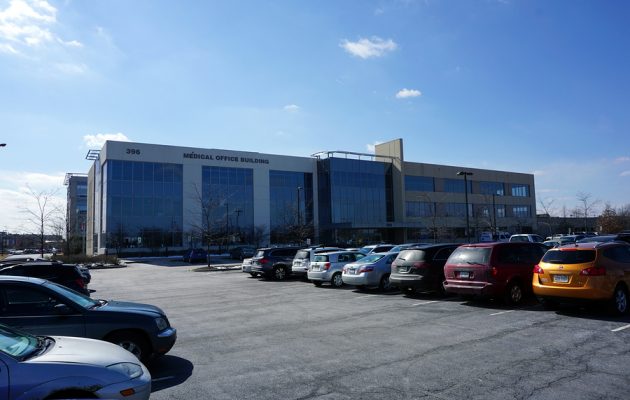
Stimulating environments’ potential to aid people from depression, has often been hinted at, but not explored in depth. It is unlikely that a mental health facility will turn into a happy bounce. A facility that could make you feel like you’re in a fun house rather than a treatment center.
But, perhaps, certain elements of these designs could be incorporated into lobbies, community centers, and places of respite, or even places of work . Or perhaps zany places like this BnB Reversible Destiny loft could become more available for people who need treatment. This could help those who need escape from a cluttered, stressful, or toxic environment.
A HEALTHIER MENTAL WORLD
Psychology is a relatively new science and has just started to scratch the surface behind. As society becomes more conscious of mental health, perhaps a mental health revolution will occur. Medication is improving and research on how the brain works is expanding the worlds understanding of depression. Meanwhile, societal changes could create environments that are more conducive to mental health. Advances like this are bringing society out of the dark.
Source: – Komorebipost

